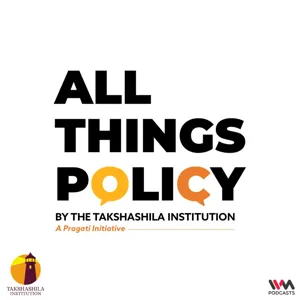The future of storage tech: Can the tech of the past influence the tech of tomorrow?

In this episode, we’re taking a look at how the explosion in our demand for data storage has led to needing more capacity than ever before, and whether long-vanished ideas from our computing past could influence technological innovation in the future.
In 2022 the world generated 97 Zettabytes of data. It has been predicted that, by 2025, that number will almost have doubled to 181 Zettabytes. Although at the rate generative AI and machine learning is expanding, that figure could be even higher.
As the Head of the Hewlett Packard Enterprise storage division, Senior Vice President Patrick Osborne has storage at the forefront of everything he does. He sees just how much his customers' needs are growing every year and is always actively looking for new methods and fabrics to meet those needs.
Alongside those requirements for greater data storage also sits the need for faster data processing - and there are a number of technologies nearing maturity which could revolutionise the space. Aidong Xu is Head of Semiconductor Capability at Cambridge Consultants, and is keeping a close eye on these technologies, especially in the memory space. For him, the big challenge is combining performance with efficiency.
However, whilst we’re looking at the future of data storage, it’s hard not to draw parallels with the past. Colin Eby from the National Museum of Computing knows a thing or two about that, guiding us through the history of the storage technologies which marked our pathway to today - some of which, in the decades since they fell out of favour, may have come round once more.
But what if the future of data storage isn’t data at all, but something more organic. Mark Bathe is a professor of biological engineering at MIT, specialising in DNA storage, and what that can mean for the future of our digital archiving needs.
Sources and statistics cited in this episode:
Zettabytes usage - https://www.statista.com/statistics/871513/worldwide-data-created/
Sales of storage units - https://www.statista.com/forecasts/1251240/worldwide-storage-unit-sales-volume
Hard drive shipment figures - https://www.statista.com/statistics/398951/global-shipment-figures-for-hard-disk-drives/
Random access DNA memory using Boolean search in an archival file storage system - https://www.nature.com/articles/s41563-021-01021-3















